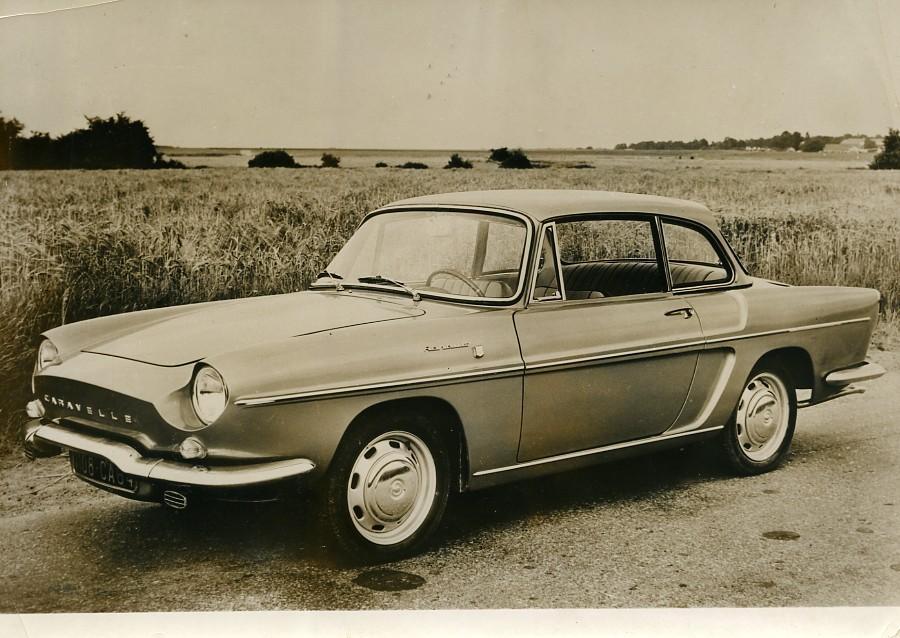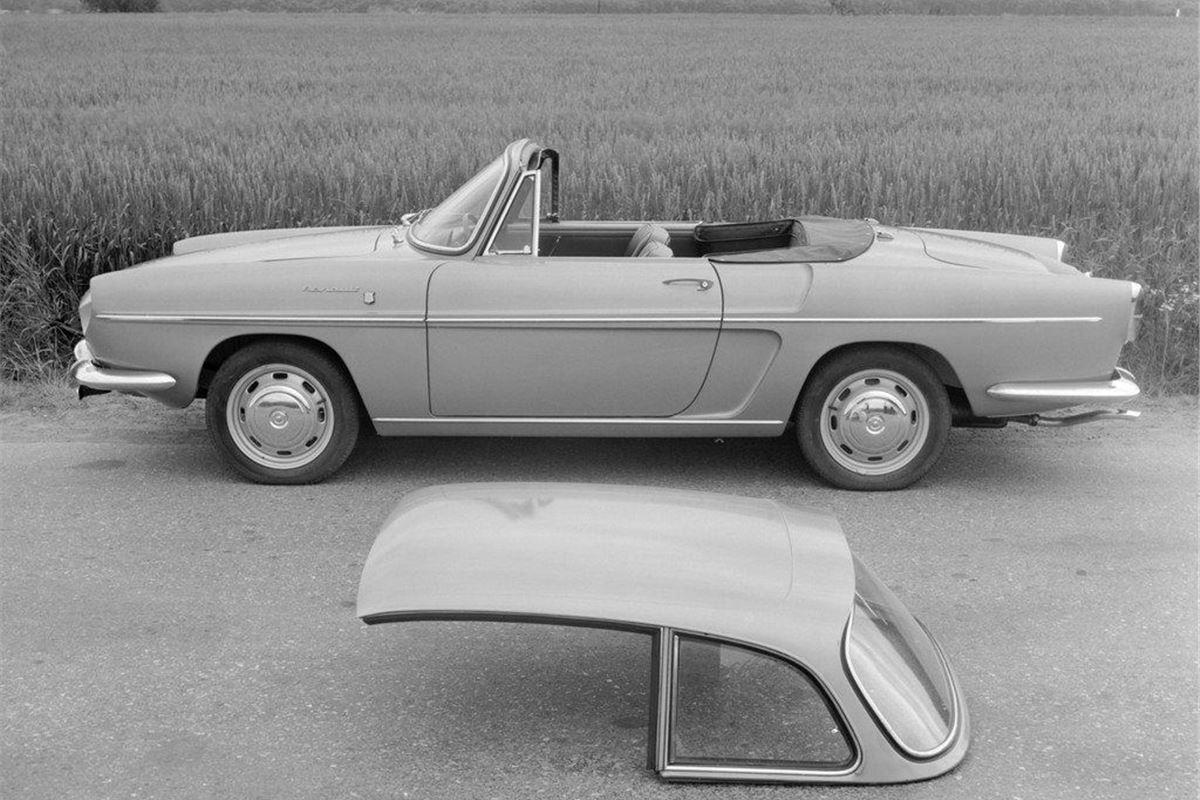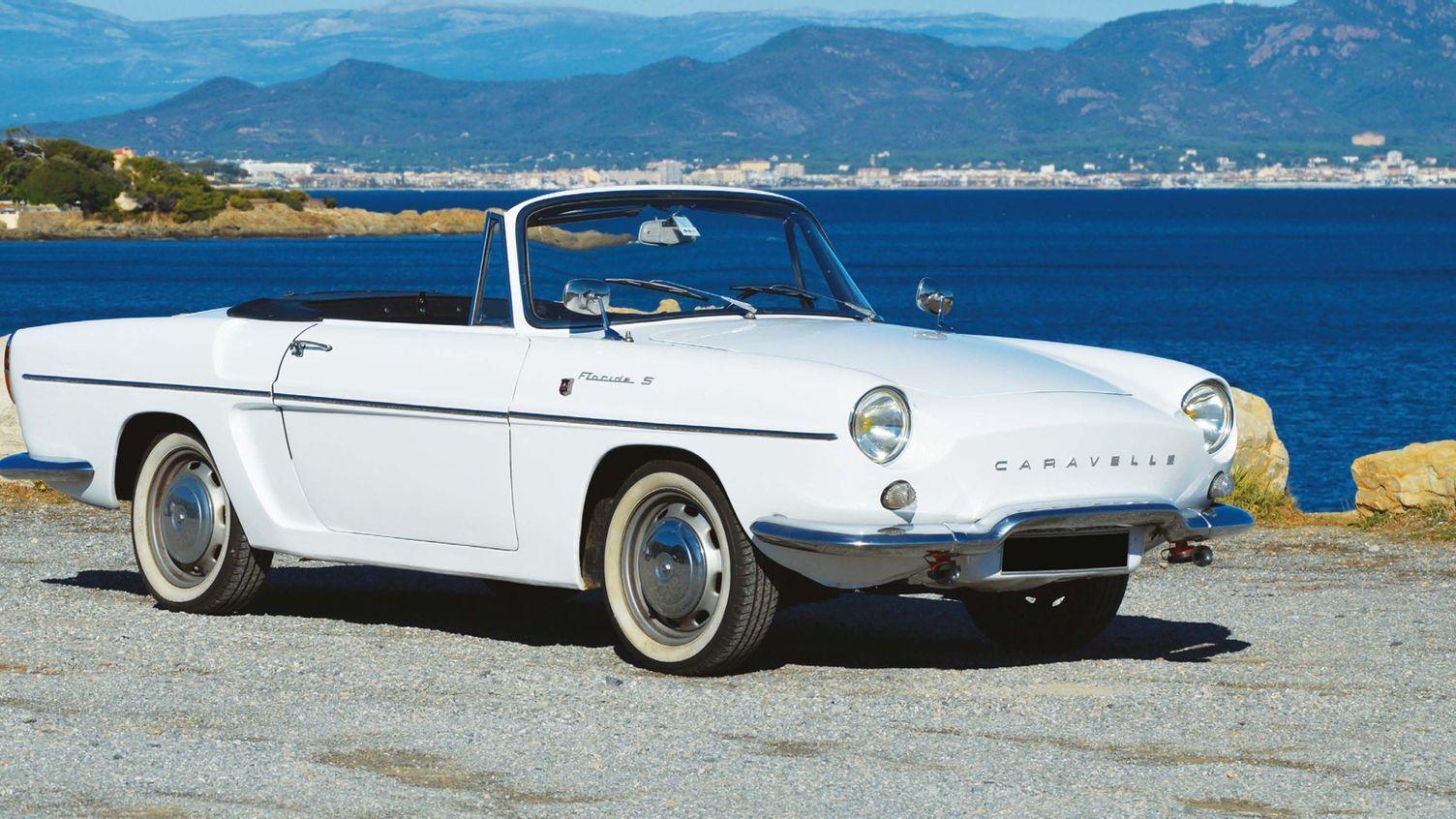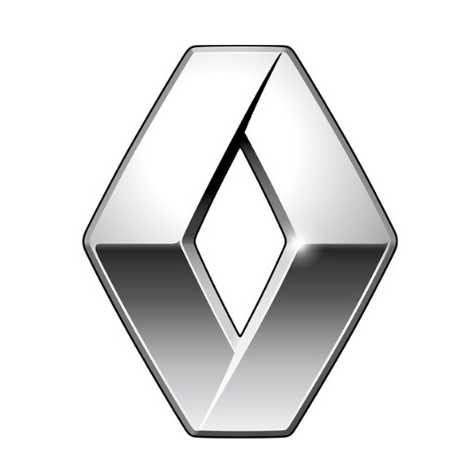1963 Renault Caravelle
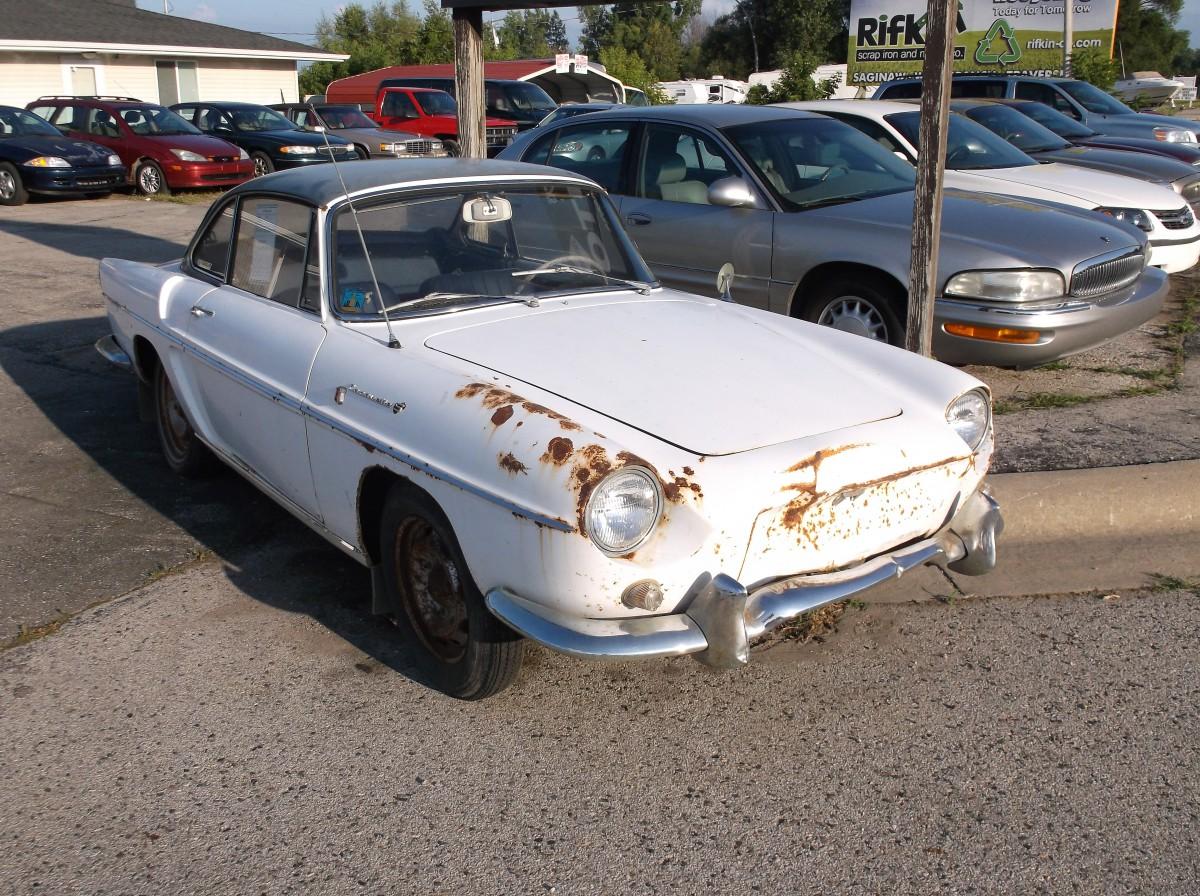
The descriptions of the Classic Cars in the Directory were partly generated or supplemented with the help of artificial intelligence (AI). The content may occasionally not always be entirely accurate or factually correct despite careful checking.
The Renault Caravelle 1963 is a classic two-seater sports car, boasting a sleek and elegant design that captures the essence of 1960s motoring. Originally introduced in 1958, the Caravelle was an evolution of the popular Dauphine model, adopting many of its technical features while adding some significant improvements to enhance the driving experience.
Under the hood, the Caravelle features a rear-mounted, water-cooled 4-cylinder engine that delivers 55 horsepower at 4,500 RPM. The engine is mated to a 4-speed manual transmission that allows for smooth and precise gear changes. With a top speed of around 90 miles per hour, the Caravelle is not the fastest sports car on the market, but its nimble handling and responsive steering make it a joy to drive on winding roads.
One of the most notable technical features of the Caravelle is its suspension system, which uses a combination of torsion bars and telescopic shock absorbers to provide a smooth and stable ride. The car also features drum brakes on all four wheels, which are effective but not as powerful as modern disc brakes.
In terms of dimensions, the Caravelle sits on a wheelbase of 86.6 inches and measures just under 150 inches in length. With a curb weight of around 1,900 pounds, it is a relatively lightweight car that feels agile and responsive on the road. The car's small size and low profile also make it easy to maneuver and park in tight spaces.
Inside, the Caravelle features a minimalist dashboard with a simple instrument cluster that includes a speedometer, fuel gauge, and temperature gauge. The seats are upholstered in vinyl and offer good support, while the compact cabin provides enough room for two passengers to sit comfortably.
Overall, the Renault Caravelle 1963 is a charming and sophisticated sports car that offers a unique blend of style, performance, and technical innovation. While it may not be the most powerful or advanced car on the market, its timeless design and impeccable engineering make it a true classic that continues to capture the hearts of car enthusiasts around the world.
Milestones
- Renault Caravelle was introduced in 1963 as a successor to the Renault Dauphine. - It was designed by Pietro Frua, an Italian designer who had previously worked on designs for Maserati and Ferrari. - The Caravelle featured a rear-engine design and had a 4-cylinder 845 cc engine, producing 40 horsepower. - It was available in three different models: the base Caravelle, the Caravelle S, and the Caravelle GT, with the GT model having a more powerful 1.1-liter engine. - The Caravelle was a popular sports car during the 1960s and was often used for racing and rallying. - In 1964, a convertible version of the Caravelle was introduced, which quickly became very popular. - In 1967, the Caravelle was updated with a larger 1.3-liter engine and renamed the Renault Floride, although the original Caravelle name continued to be used in some markets. - Production of the Caravelle/Floride ended in 1968, with a total of 117,000 units produced.Technical
- Manufacturer: Renault - Model: Caravelle - Year: 1963 - Body style: Convertible - Engine: 1.1 L inline four-cylinder - Power output: 55 hp at 4,000 rpm - Transmission: 4-speed manual, rear-wheel drive - Suspension: Independent front and rear suspension - Brakes: Front disc brakes, rear drum brakes - Wheelbase: 86.6 in (2,200 mm) - Length: 154.3 in (3,920 mm) - Width: 60.6 in (1,540 mm) - Height: 50.2 in (1,280 mm) - Curb weight: 1,975 lb (895 kg)
